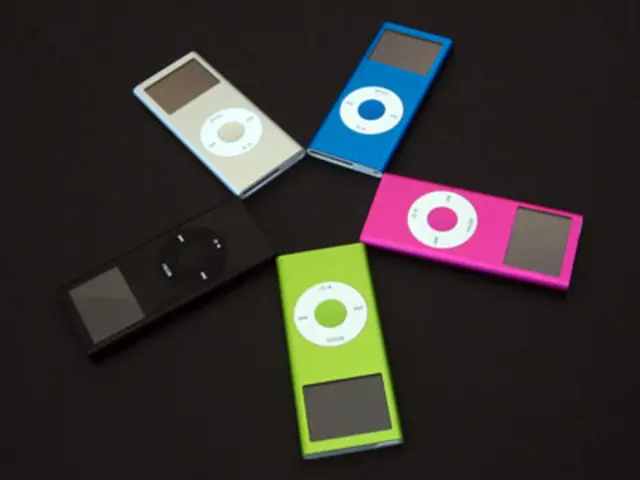Over 20 billion clips have been uploaded to YouTube in the past two decades.
YouTube's Spectacular Journey: From Dinner Party Lark to Cable tv Disruptor
Celebrating more than 20 billion videos since its inception two decades ago, YouTube has come a long way from being a mere dinner party amusement. This modern video-sharing juggernaut is poised to dethrone U.S. cable television in paid viewership, transforming into a crucial component of daily life.
Born in the minds of former PayPal colleagues Steve Chen, Chad Hurley, and Jawed Karim during a casual dinner gathering in 2005, YouTube made its entrance with a Valentine's Day domain registration. The platform took its first steps on April 23, with Karim uploading the pioneer video, a 19-second clip titled "Me at the Zoo," which has amassed a staggering 348 million views to date.
The following two decades saw YouTube evolve far beyond what could have been imagined in its early days. Today, it sees approximately 20 million videos added every day, catering to everything from concerts and podcasts to political advertisements, tutorials, and more.
According to eMarketer analyst Ross Benes, YouTube now commands the title of the world's largest digital video service, with viewers spending more time on the platform and earning more ad revenue than any other competitor. Last year, YouTube reached over 2.5 billion global viewers, and secured over 100 million subscribers to its music and premium tier. Analysts predict that within the next two years, YouTube will surpass all U.S. cable television services in terms of paid subscribers.
Moreover, viewers worldwide watch over a billion hours of YouTube content daily on television sets alone, as reported by Google. To enhance the TV viewing experience, YouTube plans to roll out improvements this summer, including quality tweaks, though further details have yet to be disclosed.
As Benes notes, "If you look back 20 years, it would have seemed absurd that this website with kids making parody videos would pose a threat to Disney, ABC, and CBS. That's exactly what they managed to achieve."
Google's 2006 acquisition of YouTube for $1.65 billion was a critical turning point, combining the search giant's advertising expertise with a video-sharing platform that attracted passionate users. Google leveraged this combination to build a monetization model, sharing revenue with creators who garnered significant audiences. The company addressed copyright violations and concerns about disturbing content (such as parody videos) being served to children by improving technology and negotiating with studios.
Over the years, YouTube has found itself competing against streaming services like Netflix, Disney, and Amazon Prime, as well as short-form video platforms like TikTok and Instagram's Reels. Its continued success is attributed to factors like scalable infrastructure, creator monetization tools, and strategic acquisitions, making it more accessible and personalized than traditional television.
- YouTube's growth over the past two decades has been remarkable, with it now commanding the title of the world's largest digital video service.
- Today, YouTube sees approximately 20 million videos added every day, catering to a vast array of content, from concerts and podcasts to political advertisements, tutorials, and more.
- Google's acquisition of YouTube for $1.65 billion in 2006 was a critical turning point, enabling the platform to monetize its content effectively.
- Google leveraged its advertising expertise and YouTube's passionate user base to create a monetization model, sharing revenue with creators who garnered significant audiences.
- YouTube has faced competition from streaming services like Netflix, Disney, and Amazon Prime, as well as short-form video platforms like TikTok and Instagram's Reels.
- Viewers worldwide watch over a billion hours of YouTube content daily on television sets alone, indicating its growing presence in the world of tech and entertainment.
- YouTube's future plans include enhancing the TV viewing experience with improvements slated for this summer, signifying its commitment to adding value to its average gadget-using, tech-savvy, and social-media-connected lifestyle audience.







